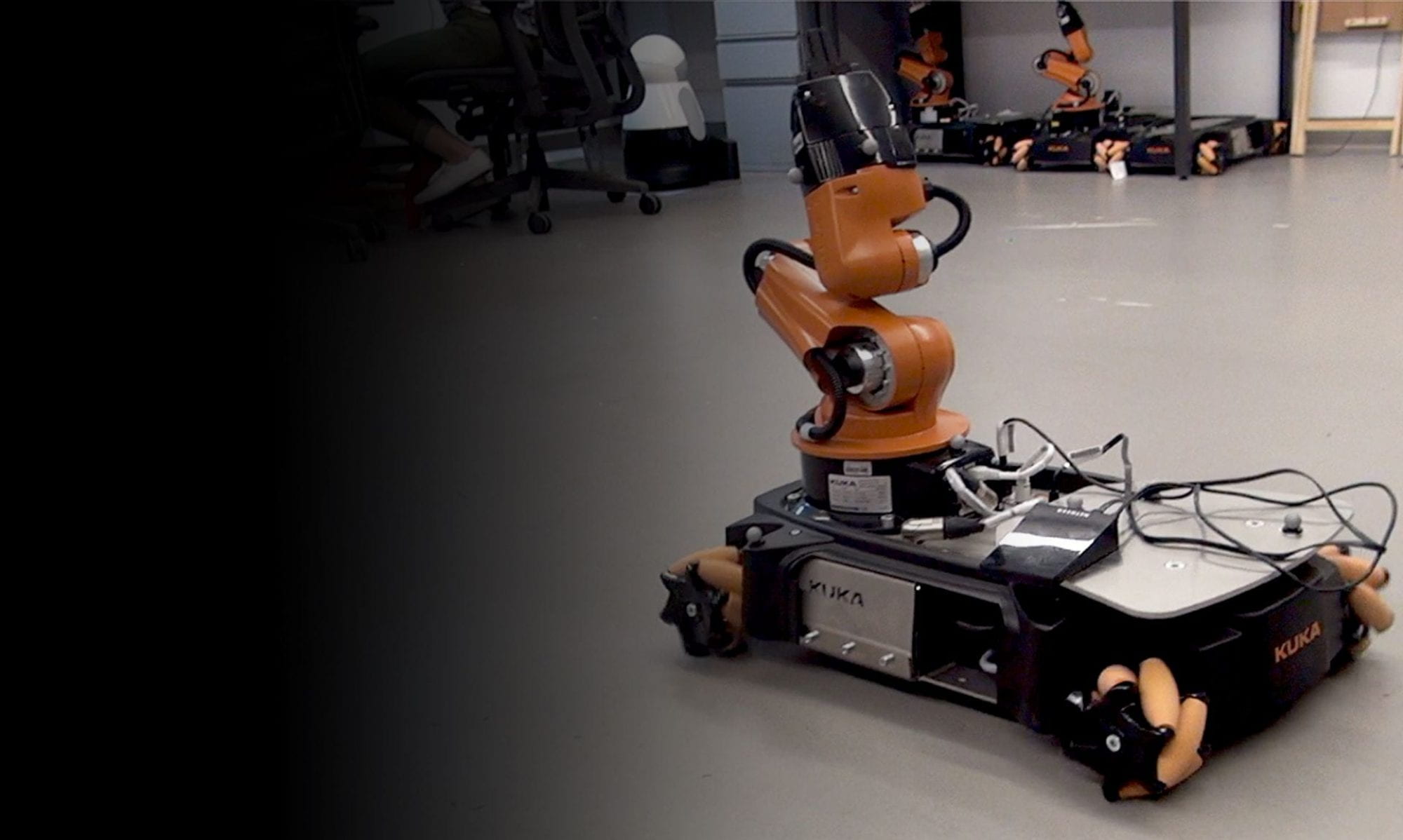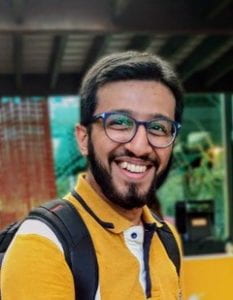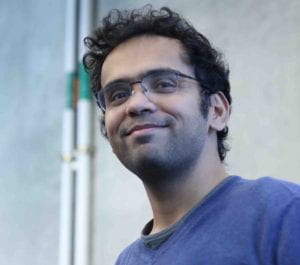Date: 3/31/2022
Speaker: Tianyu Wang

Location: 122 Gates Hall and Zoom
Time: 2:40 p.m.-3:30 p.m.
Abstract: Autonomous systems operating in unstructured, partially observed, and changing real-world environments need a semantic and logical understanding of the task. Designing a cost function that encodes complex rules by hand is infeasible and it is desirable to learn policies from expert demonstrations. However, it remains challenging to infer the proper cost function from rich semantic information while following the underlying task structure in demonstrations. In this talk, I will first give an overview of an inverse reinforcement learning method that learns to navigate from semantic observations. The efficacy of our method is demonstrated by an autonomous driving task in the CARLA simulator. Second, I will present an automata-based approach to learn the sequential task logic from demonstrations.
Bio: Tianyu Wang is a Ph.D. candidate in Electrical and Computer Engineering at UC San Diego. His research interests include reinforcement learning, inverse reinforcement learning and autonomous driving. He received an M.S. degree in Electrical and Computer Engineering from UC San Diego and a B.S. degree in Physics from Haverford College.








